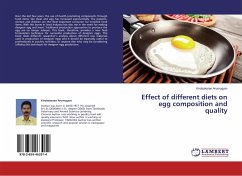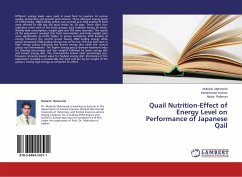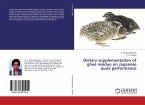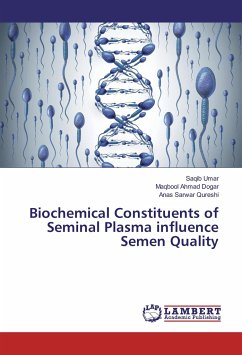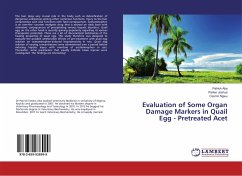Feeding of quail is a major factor in quail production since the feed constitutes over 70 to 75 per cent of the total cost of production of quail. The fast growing quail industry, their higher nutritional requirement, comparatively poor feed efficiency, short supply of ingredients, increase in prices of most of the feed ingredients result in high cost of Japanese quail production.Under present conditions, a newer search becomes a necessity to discover at least a few feed ingredients which can either partly or wholly replace the favoured feed stuffs so that the production cost of quail is reduced. Fish meal which is the commonest animal protein supplement used in livestock feed could be replaced by animal by-products such as meat meal, blood meal, poultry by-product and hatchery by-product meal. Even if it is assumed that consequent poor plane of nutrition will reduce the performance, there could be a favourable economic trade-off in reduced production cost as a result of lower feed costs. In this context, there has been growing interest in utilization of hatchery waste.


